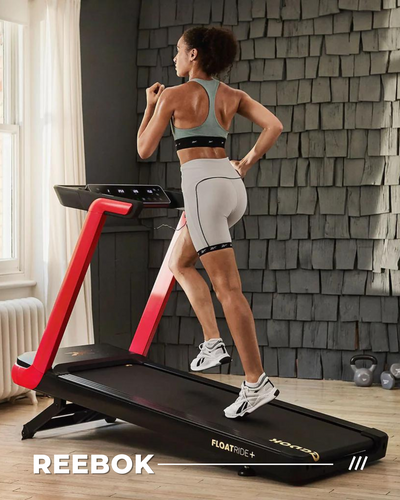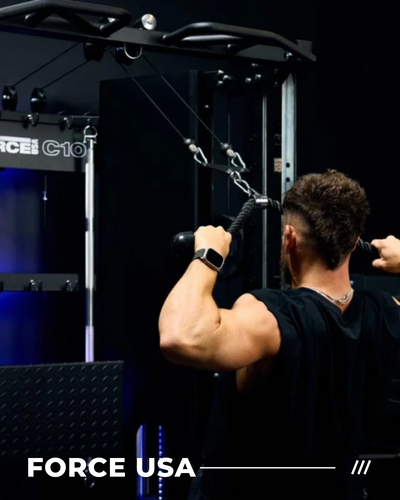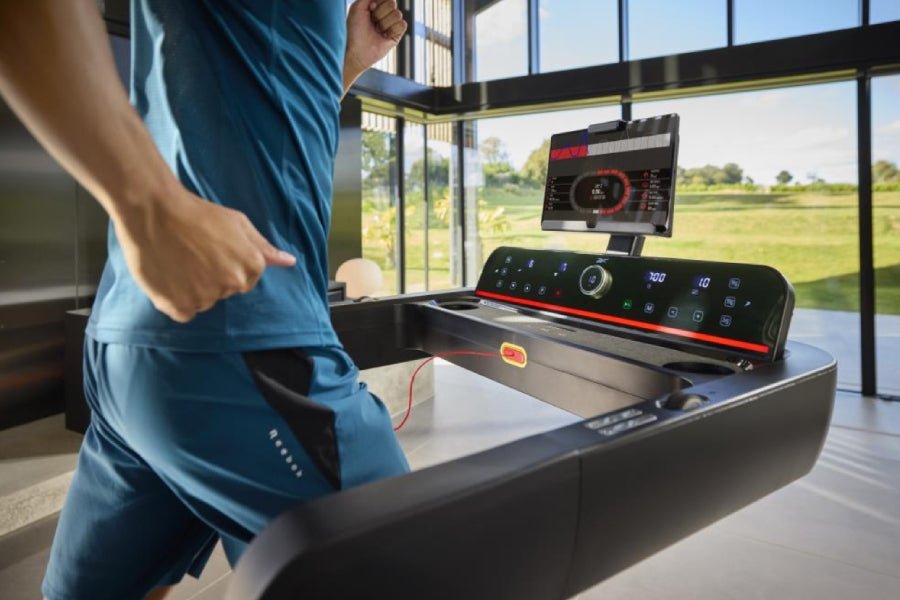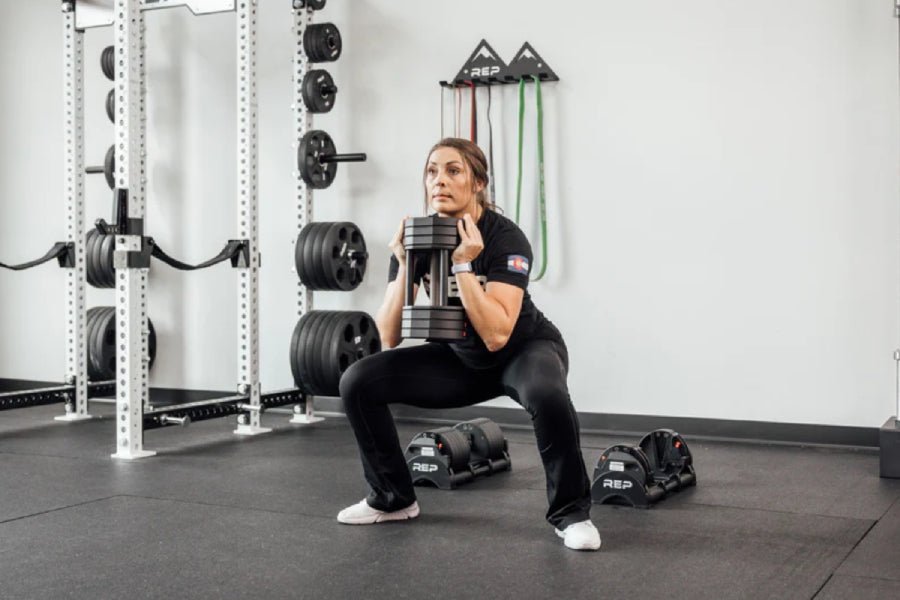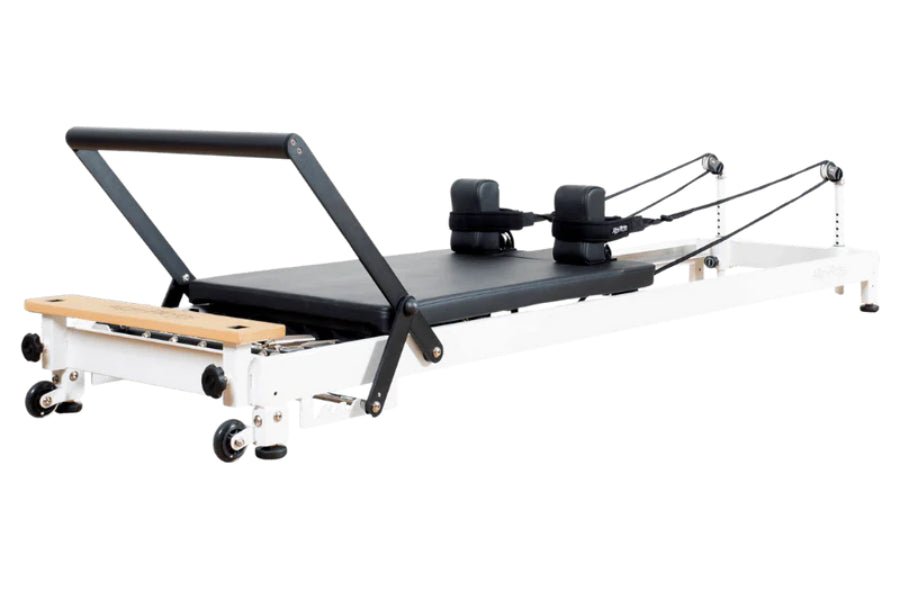What Beginners Should Know About Pilates Reformer Use
GYMSPORTZ PTE LTD | 27 June 2025

Pilates has gained a loyal following for its focus on controlled movement, flexibility, and core strength. Among its many tools, the Pilates Reformer stands out as both fascinating and a little intimidating—especially for beginners. With its sliding carriage, adjustable springs, and pulley system, it may look more like a medieval torture device than a piece of fitness equipment. But once understood and used correctly, it can transform how you move, train, and feel in your body.
Understanding what the reformer actually does
At its core, the Pilates Reformer is a resistance-based exercise machine that helps guide and challenge your body through a range of controlled movements to build daily strength. The sliding platform (called the carriage) is attached to springs that create varying levels of resistance. It also features straps for the arms or legs and a footbar to push off from.
What makes the Reformer unique is its ability to support alignment while adding resistance. This combination means beginners can safely learn Pilates principles like breathing, control, and precision while still working the muscles deeply. It's a tool that adapts to you, not the other way around.
The importance of starting slow
It’s tempting to jump into a Reformer workout thinking you’ll instantly feel the burn and see results. While Pilates is indeed effective, the goal isn’t to power through reps but to control every motion. Beginners should always start with foundational exercises to build awareness of their posture and movement patterns.
Don’t be discouraged if the movements feel small or slow at first. On a Pilates Reformer, subtle shifts engage multiple muscle groups at once, especially the deep core stabilisers. That’s why many first-timers are surprised to feel sore in places they didn’t even realise existed.
How breathing plays a critical role
Unlike many other fitness routines, Pilates puts a heavy emphasis on proper breathing techniques. On the Reformer, coordinating your breath with your movements is essential—it supports your spine, improves oxygen flow, and enhances the mind-body connection.
Beginners should focus on lateral breathing, where the ribs expand outward with each inhale. This helps keep the core engaged throughout the exercises. It's something that might take a few sessions to master, but it’s well worth the effort.
Adjusting the springs isn’t just for the pros
Many assume that more springs mean a harder workout. However, in Pilates, less resistance can sometimes be more challenging. When fewer springs are used, the body has to work harder to stabilise, especially during core or balance-based exercises.
Knowing how and when to adjust the springs is part of the learning process. Most instructors will guide you, but if you’re working on a Pilates machine in Singapore at home, it’s important to read the manual or watch tutorials from reputable sources like certified instructors or established brands.
Foot placement, alignment, and posture matter more than you think
On a Pilates Reformer, details matter. Where your feet land on the footbar, how your pelvis is tilted, and whether your spine is neutral or imprinted—all these details can affect the effectiveness and safety of your workout.
Take footwork, one of the most basic sequences: the position of your toes, arches, and heels will influence muscle recruitment throughout your legs and even up to your back. That’s why beginners should consider taking at least a few guided classes—online or in person—before trying it entirely on their own.
Listening to your body is key
While it's common to want results quickly, Pilates encourages a long-term relationship with movement. Pain is not a requirement for progress, and overexertion can easily lead to injury, especially on unfamiliar equipment.
If you’re ever unsure during a session, stop and reassess. Discomfort can signal poor alignment or improper spring tension. Make use of mirrors if available, and consider recording your sessions to review your form. And remember, consistency and quality trump quantity every time.
Investing in the right Pilates machine makes a difference
When purchasing a Pilates machine in Singapore, not all Reformers are created equal. Features like spring quality, carriage smoothness, padding, and adjustability can significantly affect your experience. Beginners especially benefit from equipment that supports comfort, safety, and precision.
Choosing a Reformer with adjustable shoulder rests, head support, and footbar positions can help accommodate different body types and flexibility levels. It’s also important to choose a machine that fits well in your space—foldable or compact options may work better for home use.
Pilates reformer training enhances body awareness
Perhaps the most underrated benefit of using a Pilates Reformer is the heightened sense of body awareness it cultivates. The controlled environment helps you notice subtle imbalances, posture deviations, and muscle weaknesses. Over time, this awareness translates into better posture in everyday life and improved performance in other fitness activities.
Even beginners will notice improvements in coordination and movement efficiency after a few sessions, especially when guided by an experienced instructor or programme.
Final thoughts
The Pilates Reformer is not just a piece of fitness equipment—it’s a system designed to improve how you move, breathe, and feel. For beginners, the key is to approach it with patience and curiosity. Learn the fundamentals, go slow, and don’t be afraid to ask for guidance when needed.
Whether you're exploring guided Reformer classes or looking for a reliable Pilates machine in Singapore to use at home, starting your Pilates journey the right way can bring lasting physical and mental benefits. For quality equipment, trusted resources, and ongoing support, visit Gymsportz to learn more.

